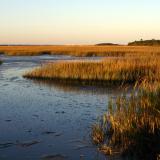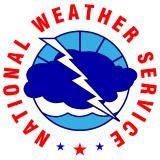For the latest forecasts and critical weather information, visit weather.gov.
Southeast Climate Monthly Webinar
These webinars provide the region's stakeholders and interested parties with timely information on current and developing climate conditions, such as drought, floods, and tropical storms, as well as climatic events like El Niño and La Niña. Speakers may also discuss the impacts of these conditions on topics such as wildfires, agriculture production, disruption to water supply, and ecosystems. The February 9 webinar also featured a presentation on 2020 in review.
The next Southeast Monthly Climate Webinar is on Tuesday, March 9, at 10 am ET, with a special presentation on the Spring Flood Outlook. Register here for upcoming webinars.






